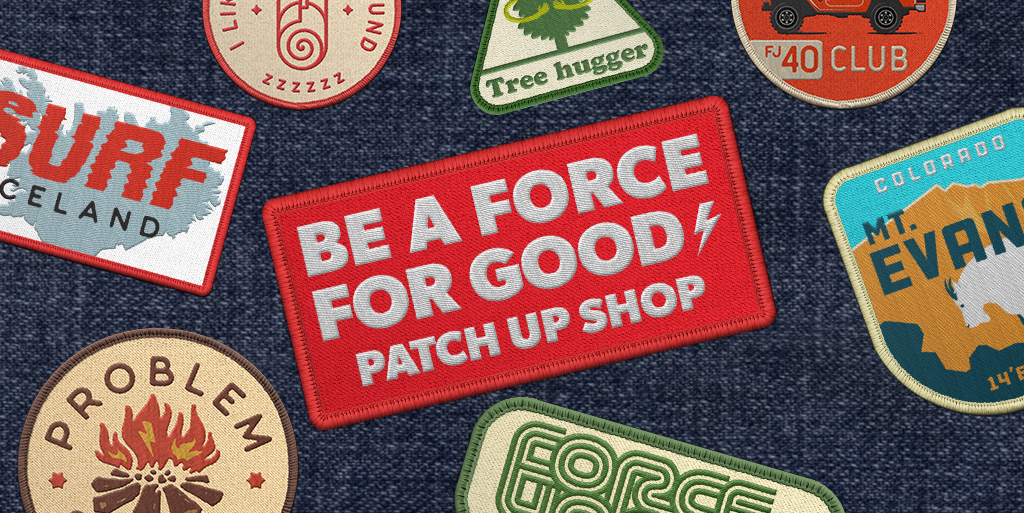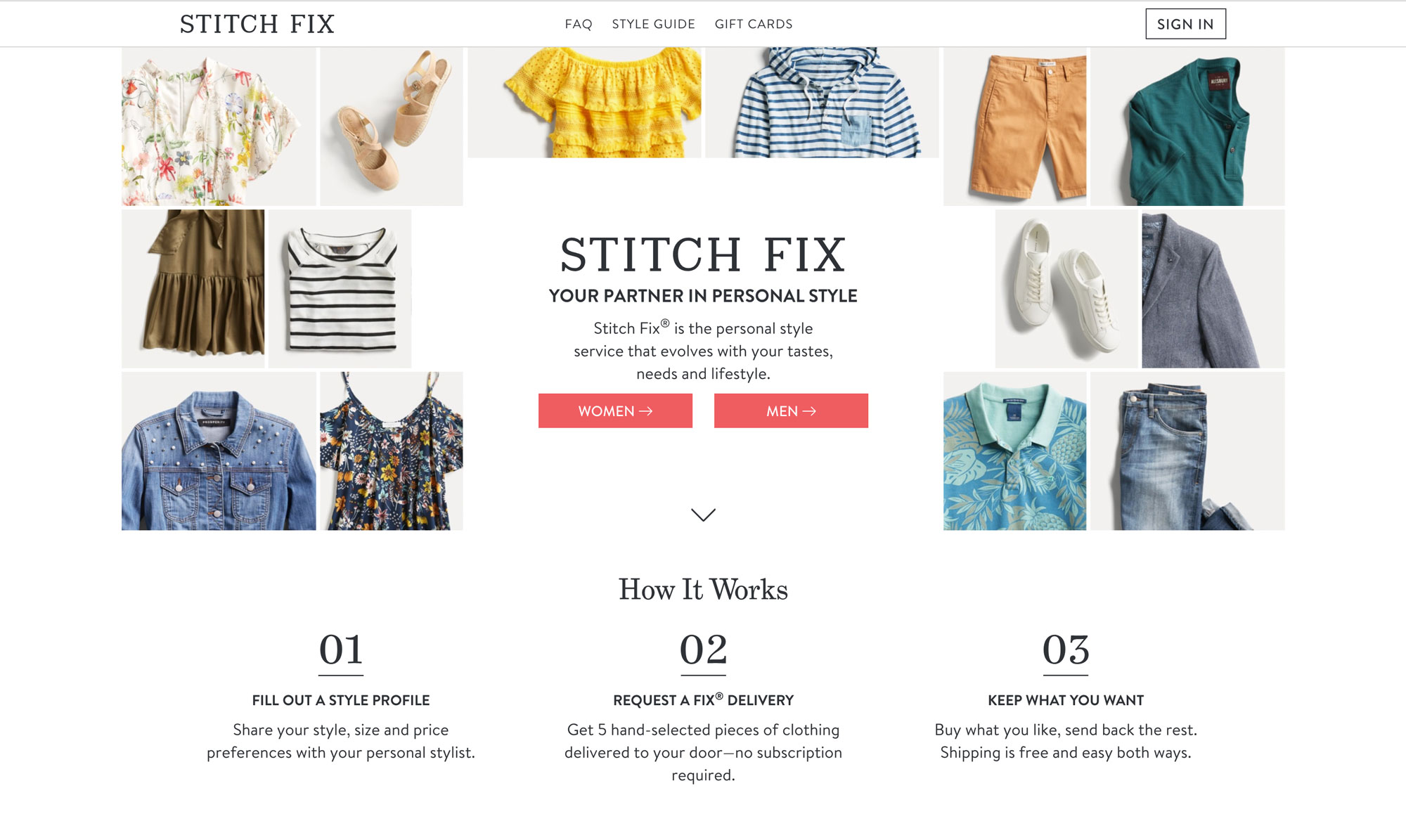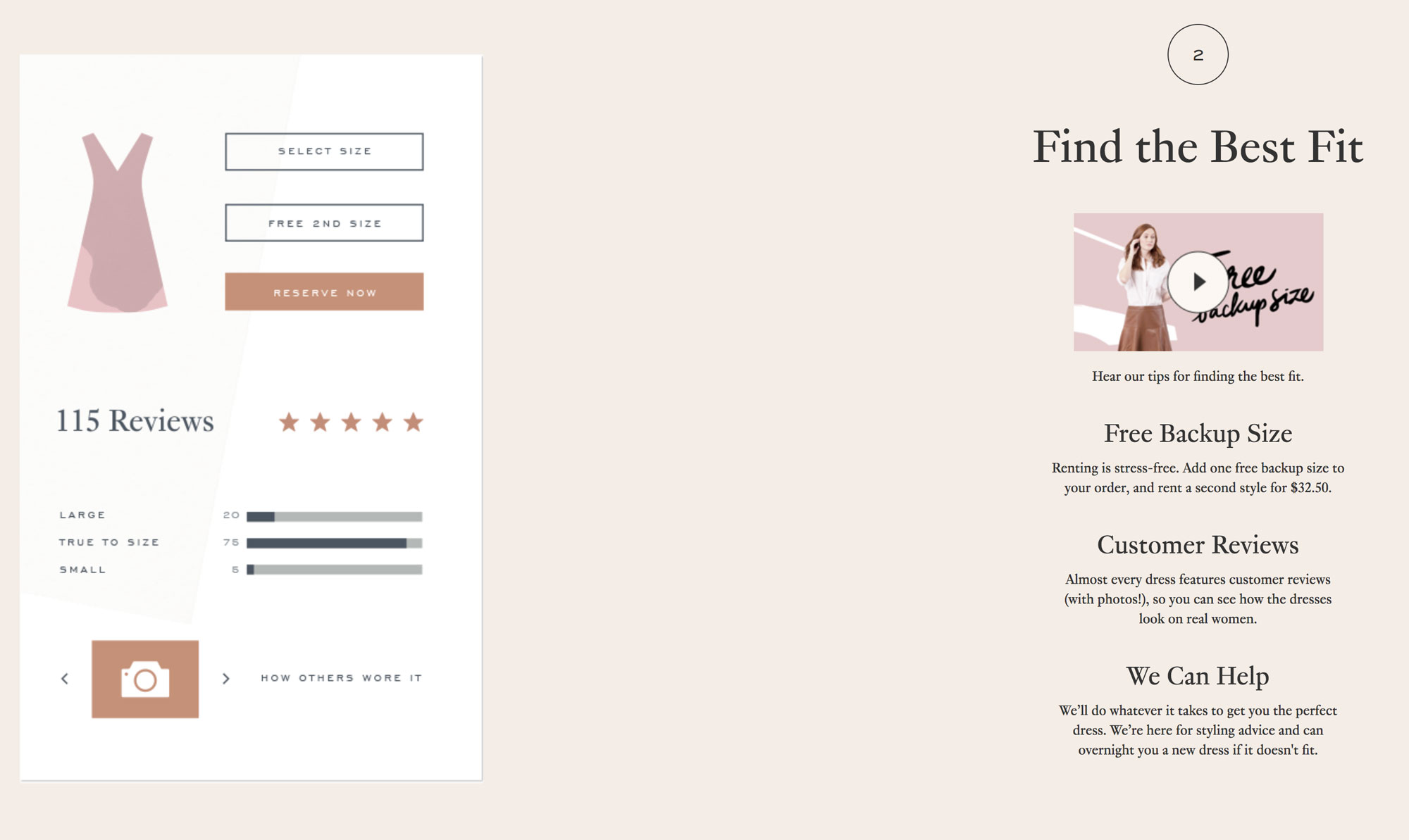
VOLTAGE is going to Outdoor Retailer!
It’s official! We’re taking our force for Good mission to Outdoor Retailer.



Is your eCommerce store plagued by piles of customer returns? It’s not them. It’s you. Here are some strategies for giving your customers a more confident buying experience. (Heads up to your warehouse…)
NOTE: This article was originally published in Forbes. The published was trimmed for length and published as part of their Agency Council content. Because we received such positive a response to the original article, we added more in-depth insight for those that wish to read further. You can read the original piece here.
Anyone who works in fashion and apparel will tell you one glaring disadvantage of selling products online instead of in their retail store: Returns.
Recent studies have found that at least 30% of all products ordered online are returned. Compare that to the <10% of products being returned to brick-and-mortar stores and you’ll see that it’s not just an anomaly. Surely, something is behind the fact that it’s 20% more likely that a product will be returned when purchased online.
What’s the main difference between buying clothes online and buying clothes at a brick-and-mortar store? I’ll give you a hint. It starts with an “F” and ends in “itting room.”
The number-one reason people return apparel purchased online is because it didn’t fit. As many as 55% of female shoppers and nearly 40% of male shoppers claim a poor fit as the reason why they return products they’ve purchased online. So, if you’re seeing a discrepancy between profits made online vs. offline, you might assume that nearly half of that discrepancy can be attributed to a poor fit.
So, what’s an e-tailer to do? Beyond user-friendly fit guides/size charts and detailed, depictive product photography, there are two solutions that embrace the facts of life and allow the customer to use their closet as a fitting room.
The caveat (you knew it was coming): Expect to handle a lot more returns. Worth it? All signs point to yes. Chances are good you’ll still make the sale – and maybe even upsell in the process.
Counter-intuitive as it may seem, this an emerging trend in ecommerce, especially when it comes to fashion and apparel companies. Online-only brands like Stitch Fix, Trunk Club and Frank and Oak are capitalizing on the idea that their customers are going to return products anyhow. These companies offer subscription plans where customers regularly receive clothing specifically selected for them and only pay for what they keep. In a way, the whole experience is an upsell – the customer sees a price tag of $$$ for the whole package, but it would only be $ or $$ if they keep just this or that item.

This model essentially replicates the best thing about buying products in a brick-and-mortar store (trying on the clothes), while maintaining the convenience of shopping online.
Warby Parker takes a similar approach, although they allow their customer to make the selections themselves. And, just like the subscription services, they only charge for the one the customer keeps and offer an easy, free way to ship the rest back.
The solution: Send more than what the customer wants and expect returns. Rather than trying to avoid returns, learn to embrace them! I know. It’s a bizarre concept.
While you can anticipate a massive uptick in product flowing back to your warehouse, it’s not all in vain. By sending multiple sizes or colors, you’re giving your customer an in-home try-on experience that increases the chances of them keeping something. And, maybe they decide they need an extra color, or one size down for when they finally get to that diet. While it may seem like a big investment on your end, increased revenue is almost guaranteed.
Clothing rental companies like Rent the Runway and Le Tote figured this out a while ago. If their customer orders a medium, Rent the Runway will send a free “backup size” in case the medium doesn’t fit quite right.

Customers who tend to be picky and only keep something if it fits exactly right will never be satisfied with any size chart, product photo or suggested style. They need to try the product on!
Here’s a typical experience for that picky customer. We’ll call him Brian and the online store he’s ordering from Orange Republic:

Now what? Brian has no option besides returning the product. Of course, he could have gotten out his soft measuring tape (wherever that is) and consulted the fit guide earlier, but now it’s too late. Naturally, Brian returns the shirt and Orange Republic is left with no sale and possibly out the cost of return shipping. Then he decides it’s just not worth the hassle and doesn’t go back to order the other size.
But what if a store we’ll call New Army allowed the customer to opt-in to a free backup size to try on? Let’s see Brian’s customer journey again.

At the end of the day, in both scenarios, the medium is returned at the company’s expense in return shipping costs. But in the second scenario, the company sold a product and likely still profited, despite the return. Worried about shipping costs? You could provide this extra size opt-in for a small cost + free shipping (say, $3) and frame it as a perfect fit guarantee.
These two approaches to dealing with customer returns are an emerging trend for a reason: they work! Stitch Fix, Trunk Club and Warby Parker are all outperforming their retail counterparts and they’re on track to continue growing for the foreseeable future. Much of their success is owed to the fact that they’ve learned to not only expect returns, but to benefit from them.
I believe this is the future of fashion and apparel online shopping. There is no easy, digital way of preventing returns. But that doesn’t mean we can’t capitalize on them or take the opportunity to offer an outstanding customer experience that gives more people a reason to shop on your site. Instead of investing in tools that give a more descriptive sense of your product, it could be that the best thing for your brand to invest in is recreating the in-store experience at home.
Customers need to be able to try on their clothes. Giving them a hassle-free way of doing that is the only way to guarantee their satisfaction.
VOLTAGE is a digital agency specializing in eCommerce, digital brand experiences, and web apps. Get emails and insights from our team:

It’s official! We’re taking our force for Good mission to Outdoor Retailer.

Taking a stand in favor of sustainability can pay off big for your brand. We’re exploring how three brands miss the mark, and how three others do sustainability right.